Which Software Can I Use to Create Graphical Abstracts?
You can create graphical abstracts with various kinds of software, depending on your needs. Some programs are simple to use and you are probably familiar with them already. Others need some time and effort to learn, but provide much more drawing tools. Here we prepared some tips to help you choose the software that will work best for you. Also check our next post for general guidelines on creating good graphical abstracts.
The programs below are listed according to their accessibility and simplicity of use.
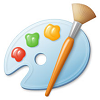
Microsoft Paint
Paint comes pre-installed with Windows and it’s simple to use. The collection of drawing tools and functions is very limited compared to professional software, such as Adobe Illustrator. So, if you plan to use Paint, keep the design simple and don’t draw too many freehand lines (a drawing tablet may help with this). A great advantage of Paint is that it allows exporting the images in formats required for scientific journals (JPG, TIF or PNG).
The graphical abstract below could have been created with Paint. With a proper use of colors and a clean-cut design it functions really well.
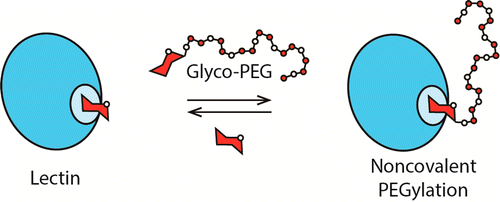
Pros: simple, free (within Windows), supports important image formats
Cons: limited number of drawing tools
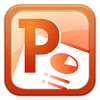
Microsoft PowerPoint
Every scientist needs PowerPoint at some point in their life, so it’s not surprising that this is the most popular software for making graphical abstracts. It comes with a nice collection of pre-programmed shapes and SmartArt Graphics, which you can further tweak by changing colors and styles. Rulers, gridlines and guides can be turned on/off to help you determine appropriate proportions. A huge advantage of PowerPoint over Paint is that the built-in shapes are vector graphics and not bitmaps, which means they retain quality upon resizing.
However, because the array of drawing tools and functions is still narrower than in professional software, the same rule as with Paint applies: keep it simple. If you plan to combine vector graphics and bitmaps (photos, research figures), be consistent with style, such as font size/type and matching colors.
With PowerPoint, your graphical abstract can be exported as an image (JPG, TIF, PNG) or a PDF file. Some publishers, such as Elsevier, accept also original MS Office files.
Below is an example of a good graphical abstract that may have been created with PowerPoint. You can see more such graphical abstracts in our next post.
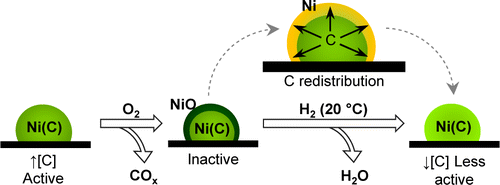
Pros: well-known and simple, a good selection of built-in shapes, supports vector graphics
Cons: paid software, limited number of drawing tools
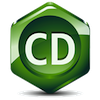
ChemDraw
ChemDraw is a professional drawing program used to visualize chemical structures and reactions. With this one you can draw rings, bonds, chains, atoms and functional groups, both structurally and in 3D. It is useful especially for chemists and biologists. Many researchers use ChemDraw to create graphical abstracts featuring the main chemical reaction in their work, for example:
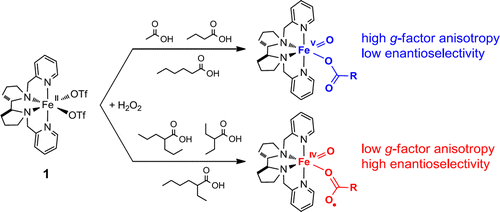
Pros: professional, state-of-the-art
Cons: paid software, use limited mainly to (bio)chemical structures
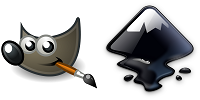
Gimp and Inkscape
Gimp and Inkscape are semi-professional, open-source image editing and graphic design programs. They’re free and work on all major operating systems – Windows, Mac and Linux. From the scientists’ viewpoint, they compare quite well with Adobe Photoshop and Illustrator, but lack some advanced features needed by professional graphic designers. Their users say that learning curves for Gimp and Inkscape are a bit steeper than for Photoshop and Illustrator. However, tutorials can be found on the internet, so if you are motivated to give powerful free software a try, then Gimp and Inkscape are the right choice for you.
A graphical abstract like this may be created with Inkscape.
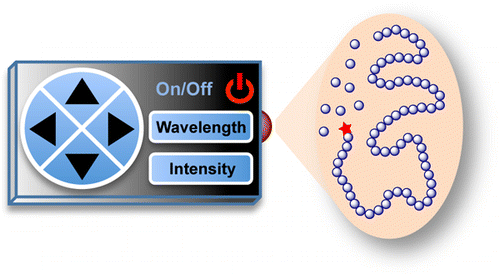
Pros: free, open-source, semi-professional
Cons: requires time and effort to learn, lacks advanced features
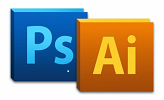
Adobe Photoshop and Illustrator
These are the golden standards in the graphic design industry. They come with the richest array of build-in drawing tools and support even further extensions and plug-ins if you wish for more. The internet is full of tutorials to learn them on your own, but for sure you can find organized workshops about their use nearby. As professional programs, they are quite costly. They work on both Windows and Mac, but not on open-source operating systems such as Linux.
A graphical abstract like this may be created with Adobe Illustrator.
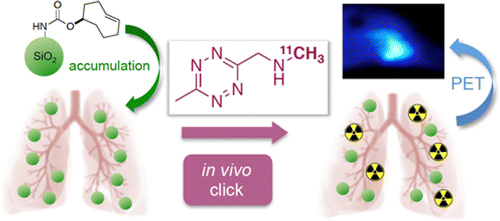
Pros: professional, state-of-the-art
Cons: paid software, require time and effort to learn, don’t work on Linux

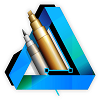
CorelDraw (for Windows) and Affinity Designer (for Mac)
These are also professional programs that come with a price tag. They are very similar to Adobe Illustrator from the viewpoint of complexity and functionality, although less commonly used. Some learning is necessary, but online tutorials can be found. Their downside is that each of them works only on a single operating system – CorelDraw on Windows and Affinity Designer on Mac.
A graphical abstract like the one below may be created with these two programs.
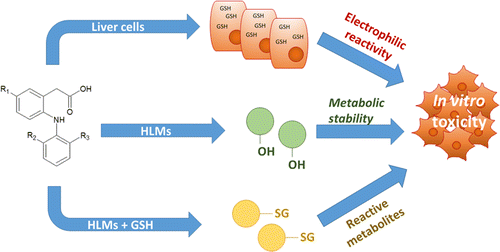
Pros: professional, state-of-the-art
Cons: paid software, require time and effort to learn, work only on the operating systems they were designed for
Conclusion
There is a plethora of software available to draw your graphical abstracts. If you want something familiar and free/low-cost, than Paint or PowerPoint can do the job. If you are prepared to tackle powerful free programs that may be challenging at first, give an opportunity to Gimp and Inkscape. If you want a full professional experience at a price, than go for commercial software such as Adobe Photoshop and Illustrator, CorelDraw, Affinity Designer or ChemDraw. However, if you want a really polished look made by a professional graphic designer, have a look at graphical abstracts, research figures and scientific illustrations in our portfolio and see if we can help you.
[social_warfare]

Tea Romih (PhD in Nanotoxicology, 2016) is the Seyens.com editor and advisor at Seyens Education Institute, responsible for communication between researchers and illustrators.

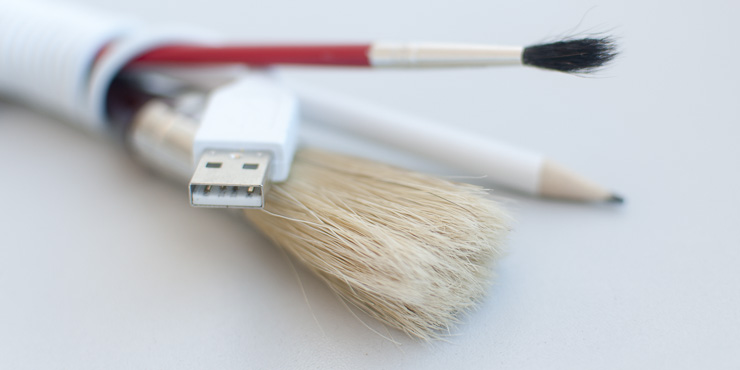
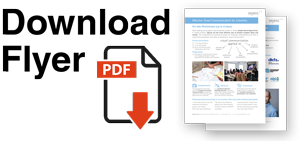
Farzan
February 25, 2019 (6:04 am)
thanks, very good
chinu
March 19, 2019 (7:23 am)
Thank you very much for the information you have provided here on this website. I am material science chemist.